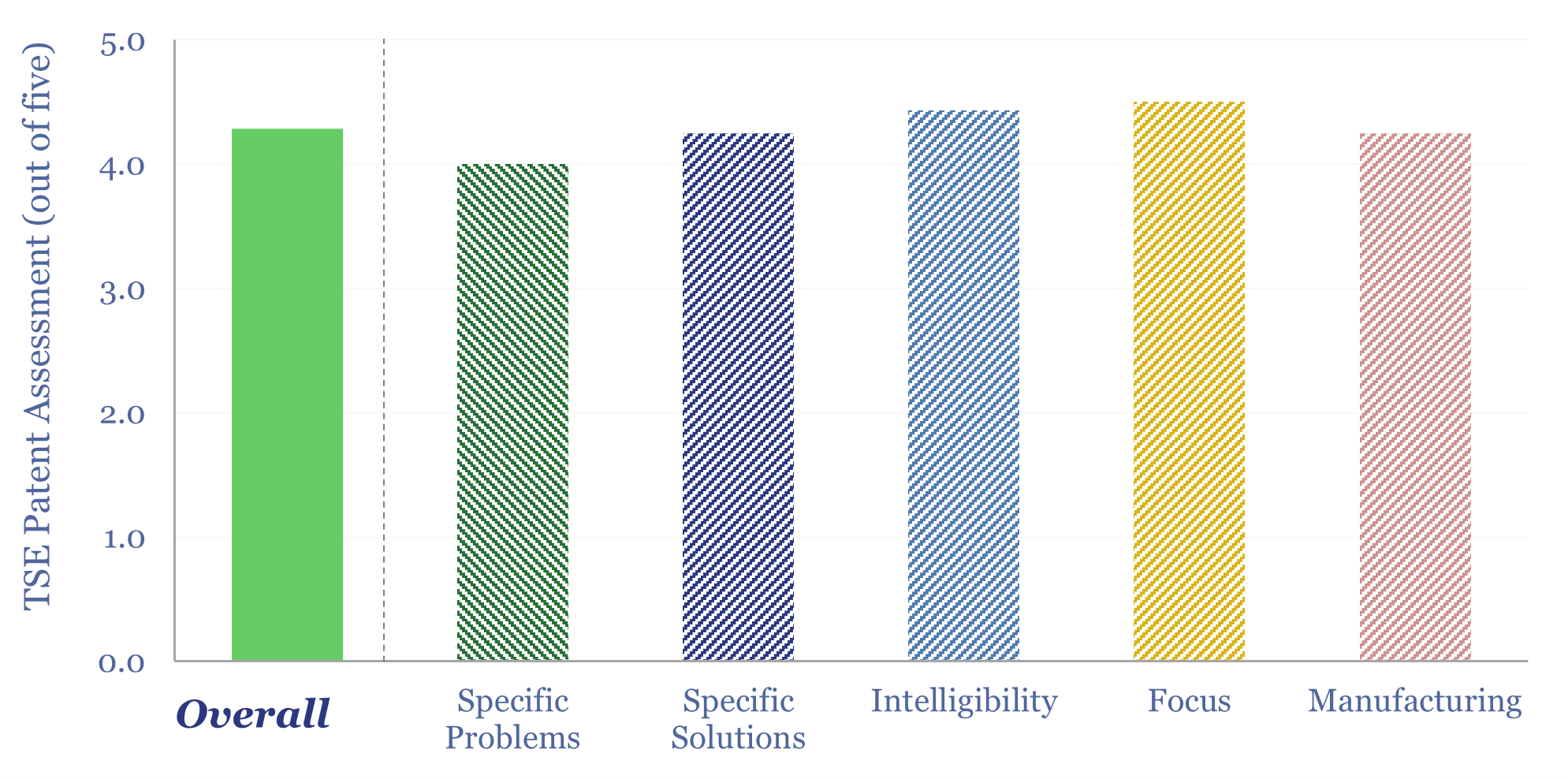VoltaGrid has become the largest provider of mobile, natural gas reciprocating engines in the US, reaching GW-scale in 2025, in order to rapidly energize data centers, e-frac operations in shale, and other micro-grids in mining and industry amidst power grid bottlenecks. This data-file reviewed VoltaGrid’s mobile micro-grid technology and patents.
VoltaGrid was founded in 2020, is headquartered in Houston, has grown rapidly to over 900 employees, and deployed $1.8bn of capital. An April-2025 article in the Wall Street Journal cited a value of $4bn for the company.
VoltaGrid deploys mobile micro-grids, up to 38MWe in output capacity, composed of multiple, modular reciprocating engines and battery storage systems, all connected via paralleled circuit breakers, to the bus of a common switchgear trailer. The image below summarizes the system architecture, based on the company’s patents. Further details are in the data-file.

Hence VoltaGrid has become the largest provider of portable natural gas reciprocating engines in the US, surpassing 1GW of deployments; especially serving the data center, industrial sectors and e-fracs in the US shale space
VoltaGrid’s patents for micro-grid technology and mobile gas conditioning (e.g., gas dehydration, NGL fractionation) scored highly on our usual patent framework.
These patents identified problems that have hindered prior gas-fired micro-grids, addressing them with specific solutions, which are intelligible, focused and manufacturable in the real-world (and leaning on components from named suppliers).
The best part of the patent library was the discussion of prior challenges that VoltaGrid believes it has solved. Details in the “Specific Problems” section.
We did have a specific question-mark over the patent library into VoltaGrid’s mobile micro-grid technology, which may open the door to future competition, as discussed in the patent review data-file.
Overall, the meteoric rise of VoltaGrid does seem to support the first-principles analysis in our overview of gas generation: modular, reciprocating engines have advantages in scalability and reliability, when comparing what type of gas generation is best?
